22 famous brands that started off with COMPLETELY different names
The name game
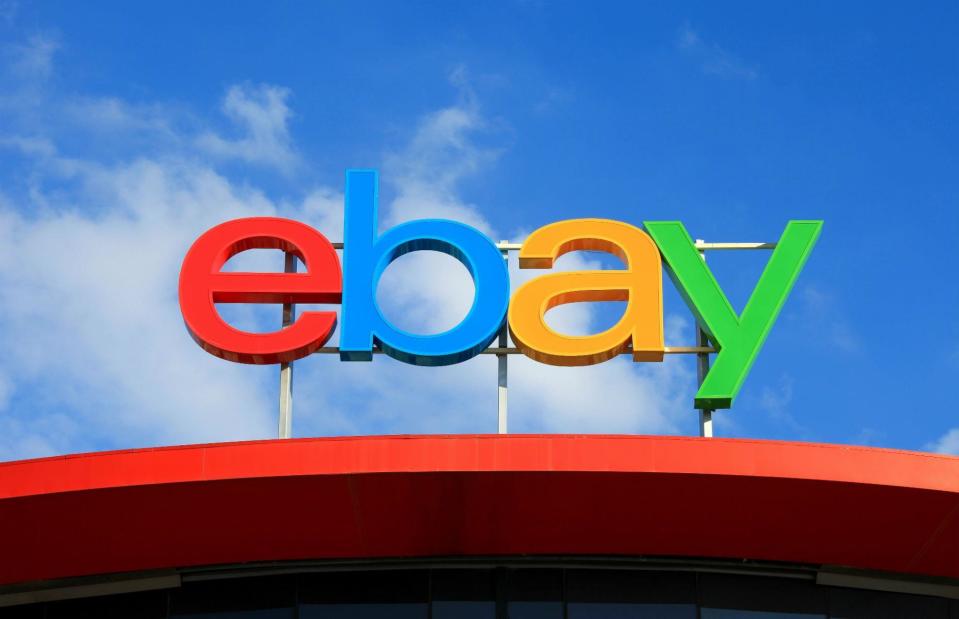
StockStudio/Shutterstock
Creating the right name can be key to whether a business or product succeeds or fails.
Read on to discover the original names of some famous brands and find out why they made the switch. How many did you know?
All dollar amounts in US dollars.
Google, formerly BackRub
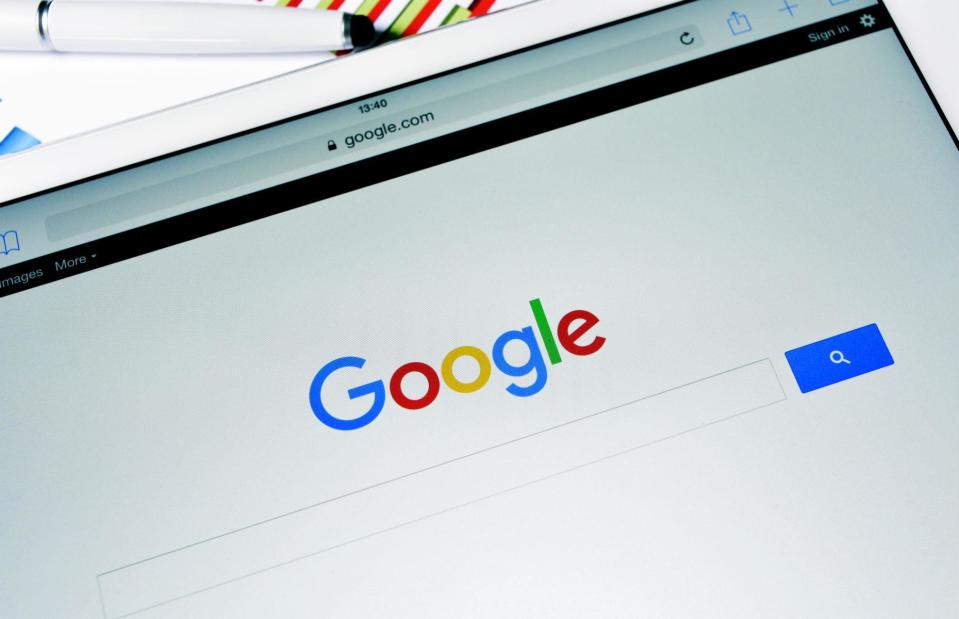
nito/Shutterstock
The world’s most popular search engine, Google, was originally called BackRub in 1996 when its founders, Larry Page and Sergey Brin collaborated at Stanford. However, the information labyrinth was registered as Google.com a year later in 1997.
According to Google, the name was created as a play on the word "googol" – a mathematical term for the number represented by the numeral 1 followed by 100 zeros – to show the pair’s mission to organise a seemingly infinite amount of information on the web.
Subway, formerly Pete’s Super Submarines
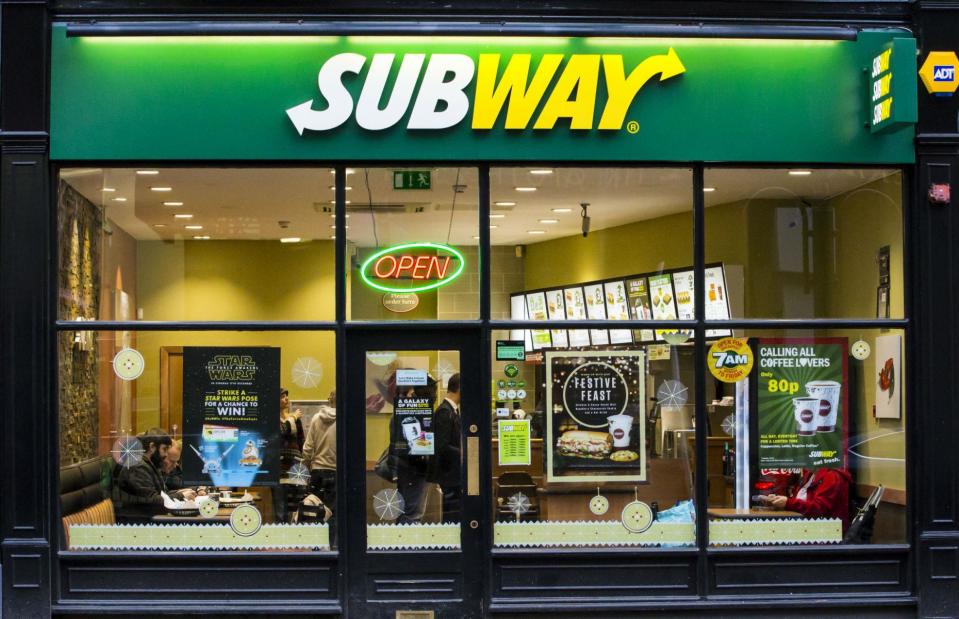
James W Copeland/Shutterstock
It’s hard to believe this popular sandwich joint was ever named anything else. But in 1965, Subway was originally opened as Pete’s Super Submarines following a conversation between founder Fred DeLuca and his family friend Dr Peter Buck, who suggested Fred opened a submarine sandwich shop.
However, the name was soon shortened to Subway, and the familiar bright yellow logo was introduced just in time for the first Subway franchise to open in Connecticut in 1974.
Blackberry, formerly Research in Motion
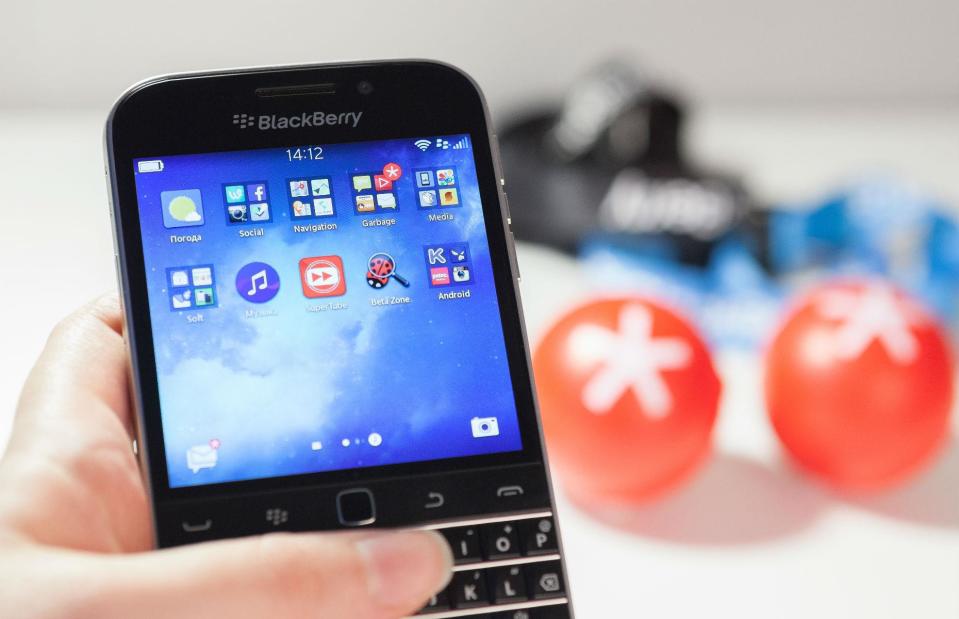
Svetlana Dikhtyareva/Shutterstock
Canadian smartphone and tablet brand Blackberry was originally launched as Research in Motion in 1984 when it was founded by Mike Lazaridis and Douglas Fregin.
But in January 2013, the company announced plans to change its name to Blackberry – inspired by its Blackberry phone range which had keyboards resembling drupelets of the blackberry fruit – in an effort to revive the declining brand in a competitive market.
Pepsi-Cola, formerly Brad’s Drink

Mejini Neskah/Shutterstock
Before one of the world’s most popular soft drinks became famous, Pepsi-Cola was briefly named Brad’s Drink – a moniker inspired by the surname of its creator, Caleb Bradham.
Caleb invented the drink as "Brad’s Drink" in 1893 but renamed it Pepsi-Cola just five years later, under the premise that it wasn’t just a refreshment but a “healthy” cola that supposedly aided digestion.
Yahoo, formerly Jerry’s Guide to the World Wide Web
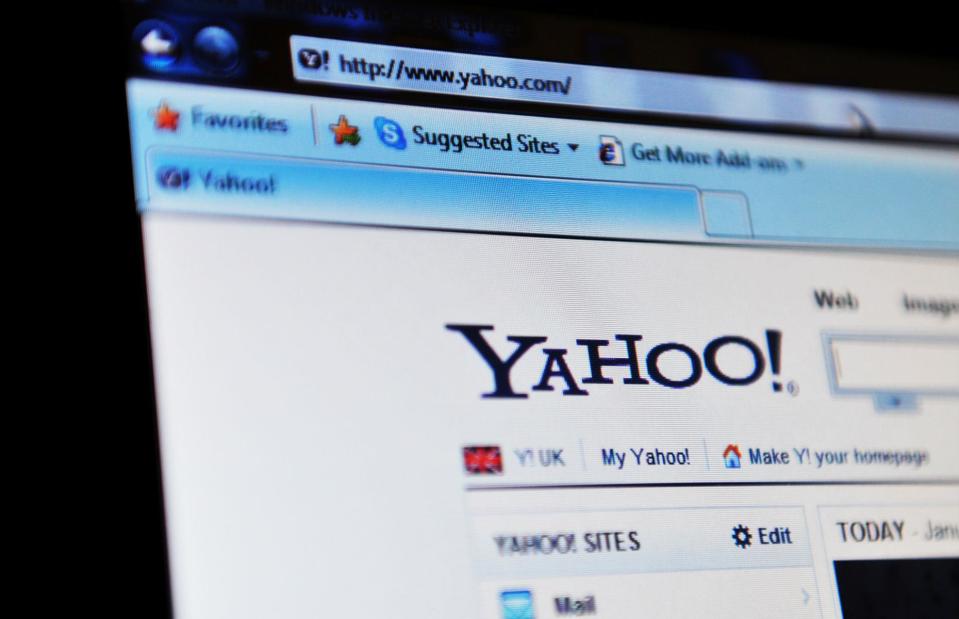
Lucian Milasan/Shutterstock
Stanford students Jerry Yang and David Filo initially co-founded Yahoo as Jerry’s Guide to the World Wide Web in 1994, but soon renamed it Yahoo, an acronym of "Yet Another Hierarchical Officious Oracle".
Nintendo, formerly Marufuku Company and Nintendo Playing Card Company
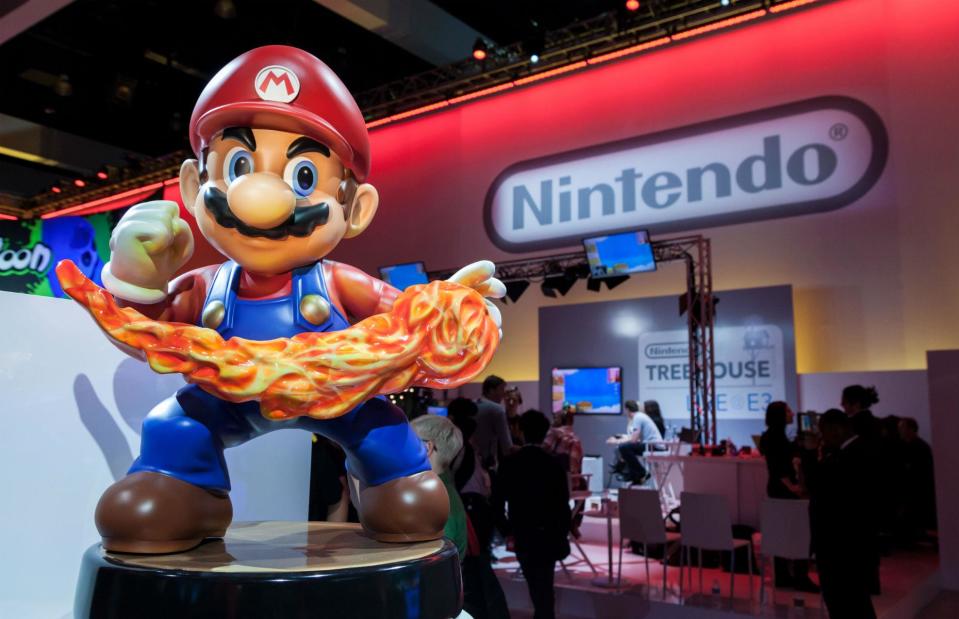
Barone Firenze/Shutterstock
The popular games manufacturer Nintendo was originally created as a playing cards firm called Marufuku Company in 1889 before being renamed Nintendo Playing Card Company in 1951.
But this name was soon shortened to the more familiar Nintendo, which allowed for the manufacturing of a wider range of games, rather than just playing cards.
Nissan, formerly Datsun
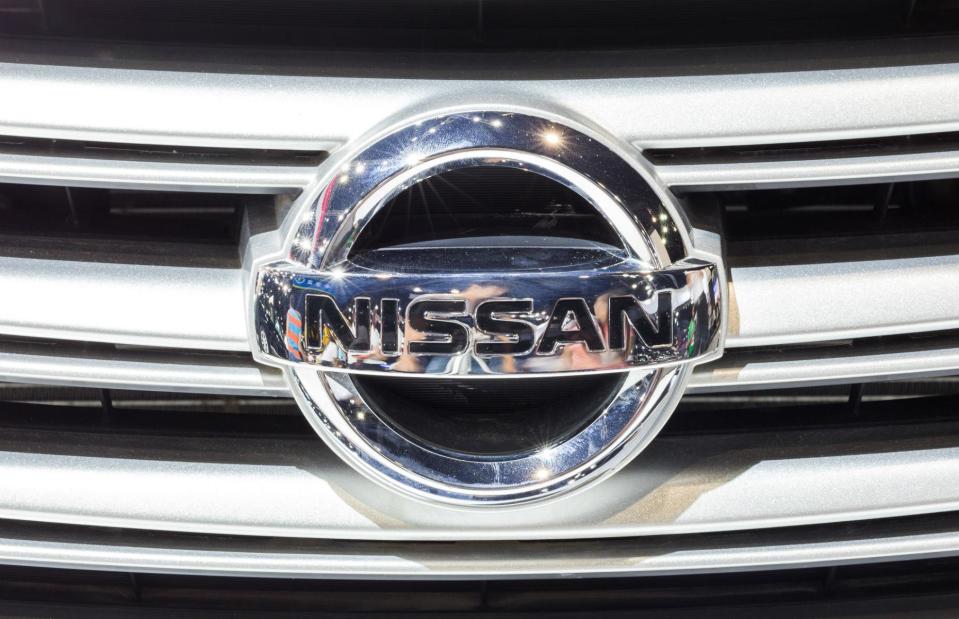
Hatchapong Palurtchaivong/Shutterstock
Up until 1981, trucks made by Japanese automaker Nissan in the US were advertised under the Nissan brand, but small cars were branded as Datsun.
It wasn’t until the company had sold millions of cars across the world that it decided to drop the Datsun name, which originated from the Japanese word "dat", meaning lightning fast.
Panasonic, formerly Matsushita Electric Industrial Corporation
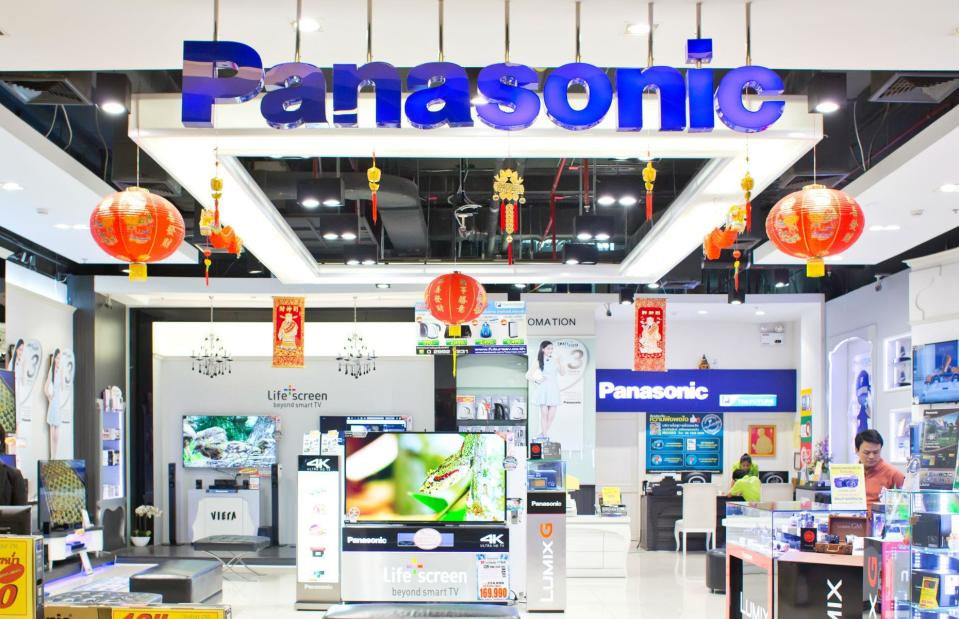
Settawat Udom/Shutterstock
Panasonic, the Japanese electronic producer, was founded in 1935 as Matsushita Electric Industrial Corporation and went by this name for decades.
But in 2008, the company finally decided to rebrand to Panasonic as that was the brand it was most commonly known for producing.
Best Buy, formerly Sound of Music
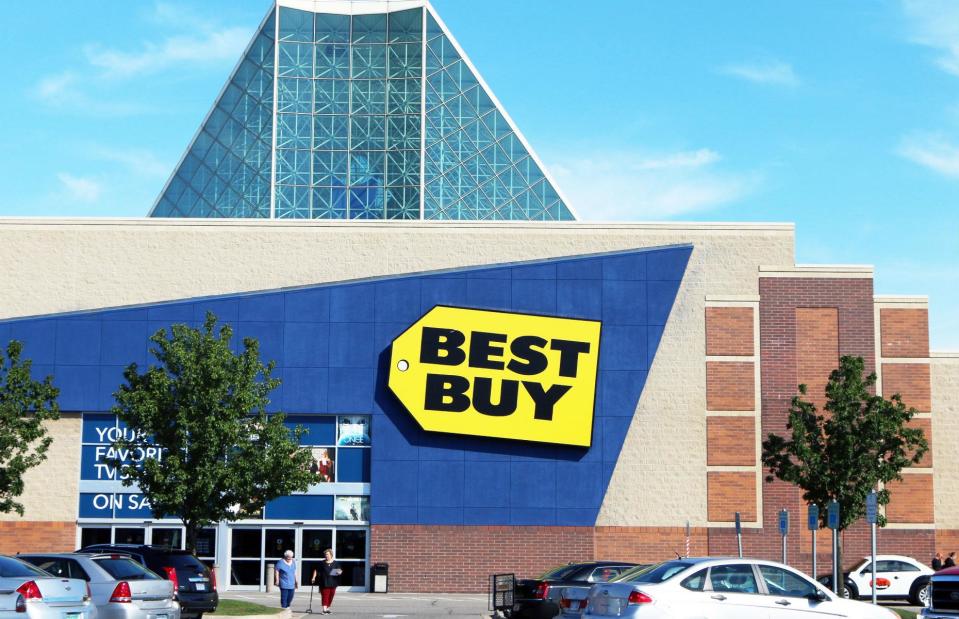
James R. Martin/Shutterstock
Electronics store Best Buy was founded as Sound of Music in 1966, going on to make $1 million in revenue from the sale of high fidelity stereos. But by 1981, the company’s most profitable store was hit by a tornado. As a result of the damage, Sound of Music decided to hold a four-day "Tornado Sale" on all affected stock, advertising it as "best buys" on everything.
The company made more money during its "best buys" sale than it did in a standard month, triggering a name change in 1983.
Nike, formerly Blue Ribbon Sports
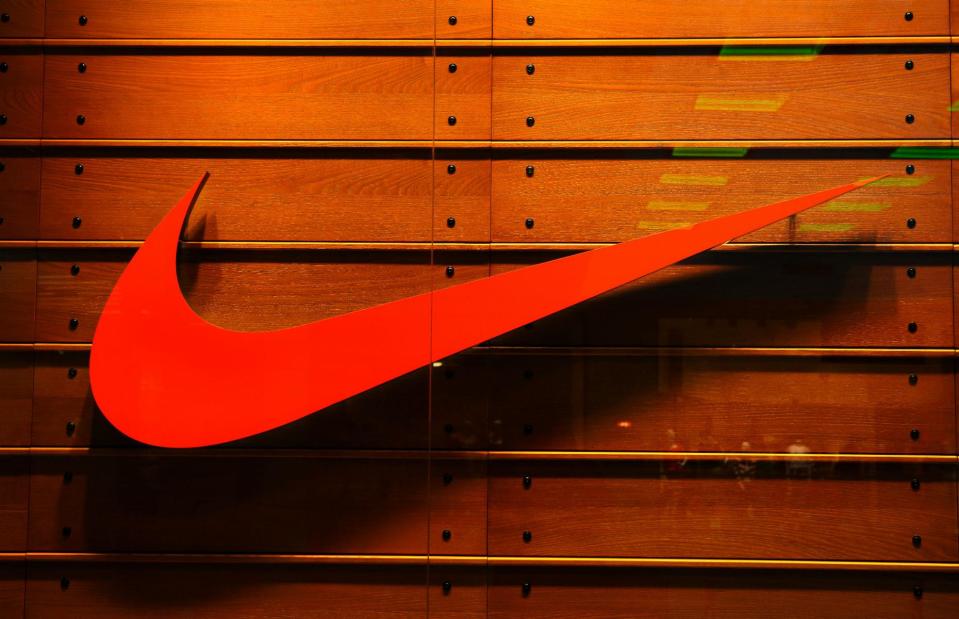
StockStudio/Shutterstock
Before it became Nike, the world’s most famous sporty tick was known as Blue Ribbon Sports, acting as a distributor for Japanese shoemaker Onitsuka Tiger.
But as the relationship between Blue Ribbon Sports and Onitsuka started to collapse, Blue Ribbon launched its own line of footwear called Nike – the name of the Greek Goddess of Victory.
AOL, formerly Quantum Computer Services
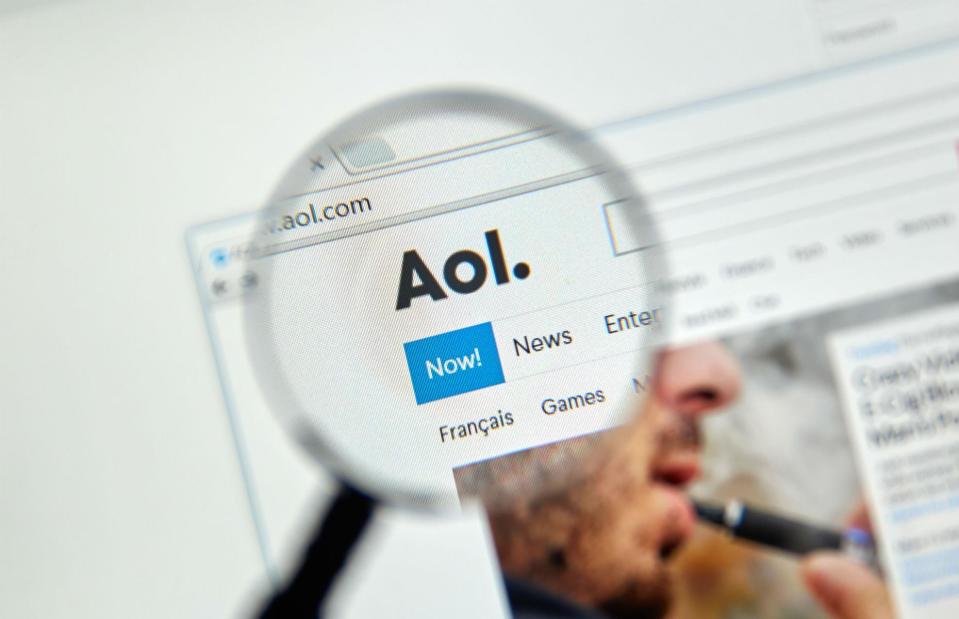
dennizn/Shutterstock
Some may remember AOL by its former name, Quantum Computer Services, which was scrapped in 1991 when the search engine was renamed America Online.
The new name was subsequently abbreviated to AOL in 2006.
Starbucks, formerly Starbucks Coffee, Tea and Spice and II Giornale Coffee Company
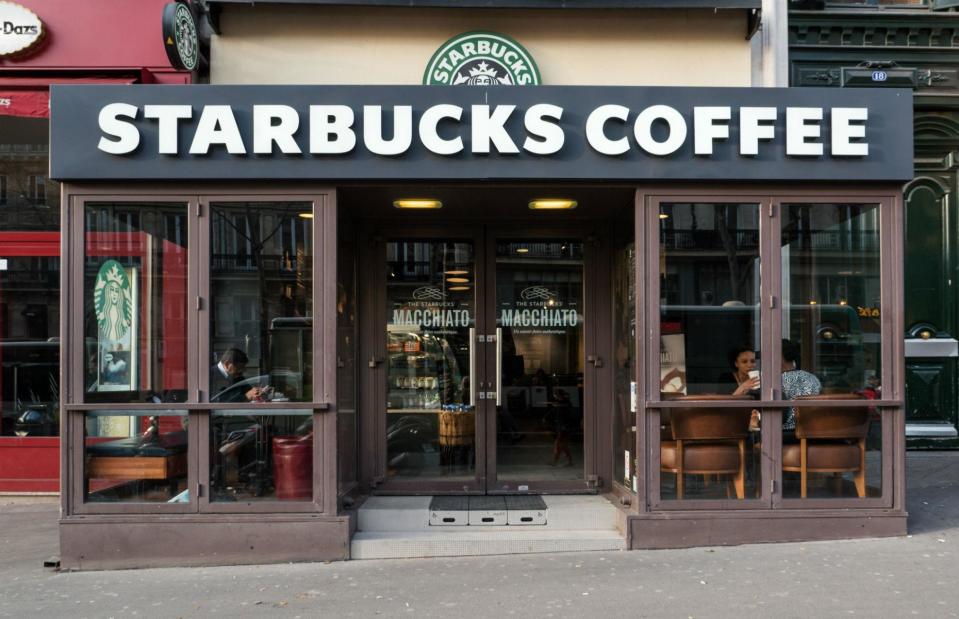
pio3/Shutterstock
Starbucks Coffee, Tea and Spice was first established in 1971, but Howard Schultz, Starbucks’ CEO, left the company to start his own chain of coffeehouses selling Starbucks coffee under the name of Il Giornale.
Just a few years later, he acquired the original business and decided to revive the Starbucks name.
Sony, formerly Tokyo Tsushin Kogyo
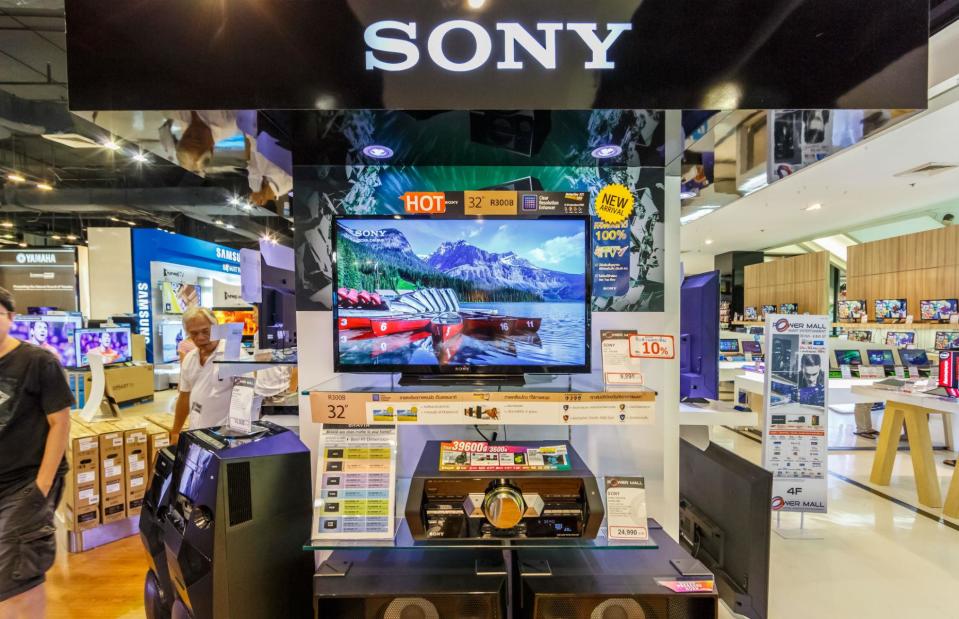
Tooykrub/Shutterstock
Telecommunications company Tokyo Tsushin Kogyo was founded in 1946 as a radio repair shop and created Japan’s first transistor radio and the world’s first transistor television.
But in 1958 the company name was changed to Sony – a combination of the Latin word "Sonus", which is the root of sonic and sound, and "Sonny", a 1950s American term for a boy.
eBay, formerly AuctionWeb
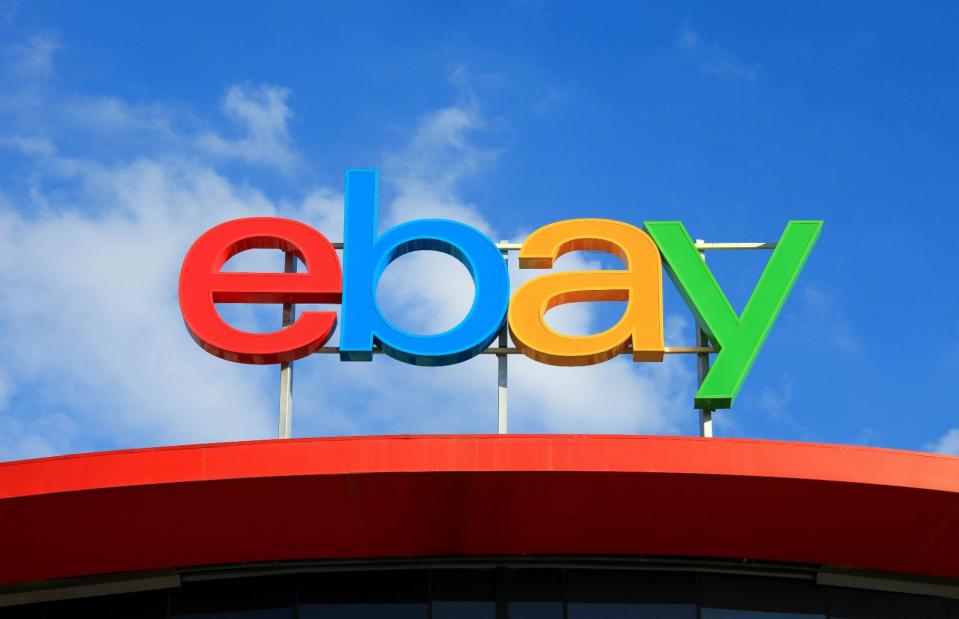
StockStudio/Shutterstock
In 1995, Pierre Omidyar sat down to write a code that would eventually become eBay. But before it became the shopping success we all know so well, it was first called AuctionWeb, which began with the listing of a single broken laser pointer.
AuctionWeb soon took over Pierre’s entire domain, ebay.com (short for Echo Bay), which was the name of his consulting firm at the time.
Hertz Rent-A-Car, formerly Drive-Ur-Self
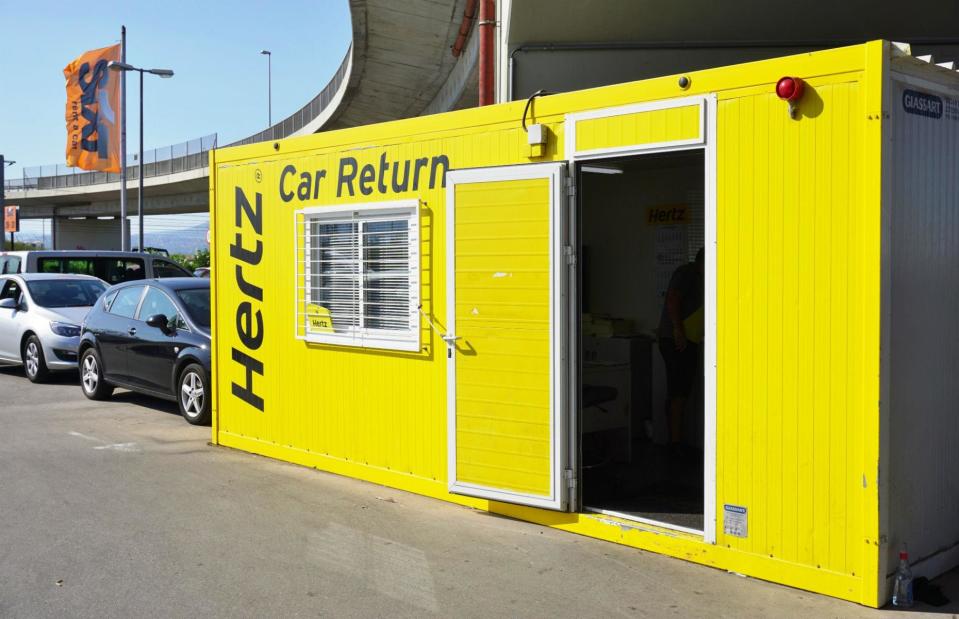
EQRoy/Shutterstock
The Hertz car rental service was founded by Walter L. Jacobs in 1918, before being sold to John Hertz in 1923, when it was called Hertz Drive-Ur-Self System.
The company was later bought by Omnibus Corporation before taking on its new and shortened name – The Hertz Corporation.
PayPal, formerly Cofinity
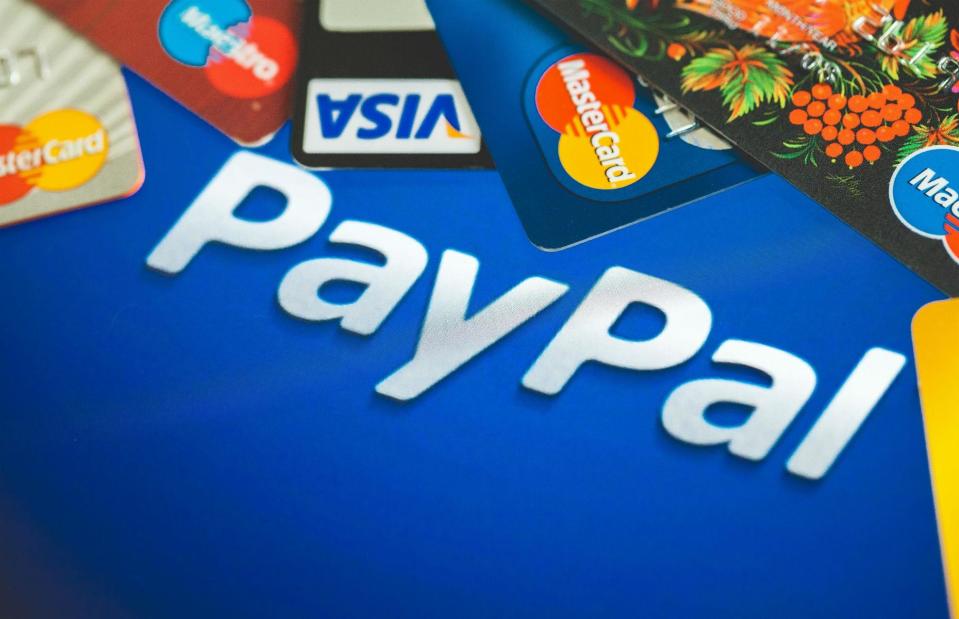
BillionPhotos.com/Shutterstock
Cofinity, which was originally created as a cryptography and Palm Pilot company in 1998, was named by merging the words "confidence" and "infinity".
One year later, the company was given the new name of PayPal, following the introduction of an online demo allowing people to email payments.
Mozilla Firefox, formerly Mozilla Firebird
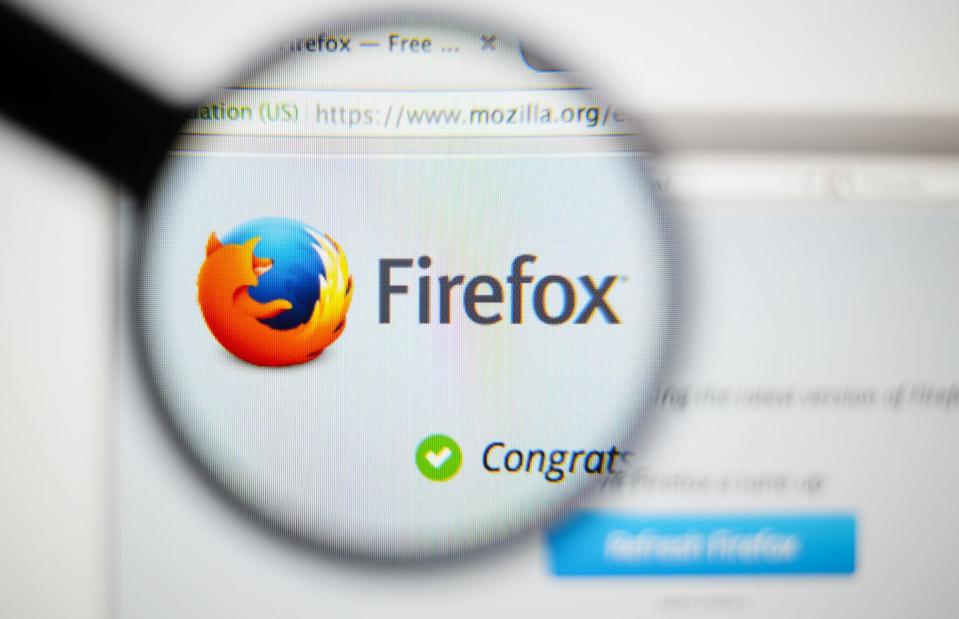
tanuha2001/Shutterstock
The famous red fox depicting Mozilla’s browser hasn’t always been the animal of choice. Before Mozilla Firefox, there was Mozilla Firebird – but the name was vetoed as soon as the company realised Firebird was already being used by another open source software company.
Sharp, formerly Hayakawa Brothers Shokai
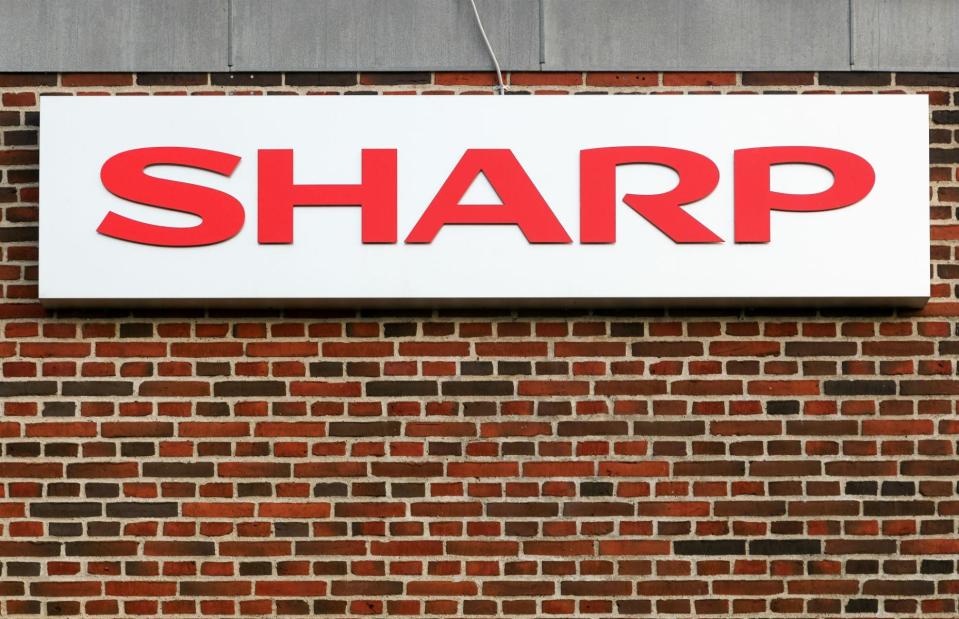
ricochet64/Shutterstock
One of the largest business product providers, Sharp only developed its name at a later date after being inspired by one of its first ever products – the Ever Ready Sharp propelling pencil.
The company was originally called Hayakawa Brothers Shokai when it launched, but soon took on the name Sharp after its famous pencil debuted in 1915.
FedEx, formerly Federal Express
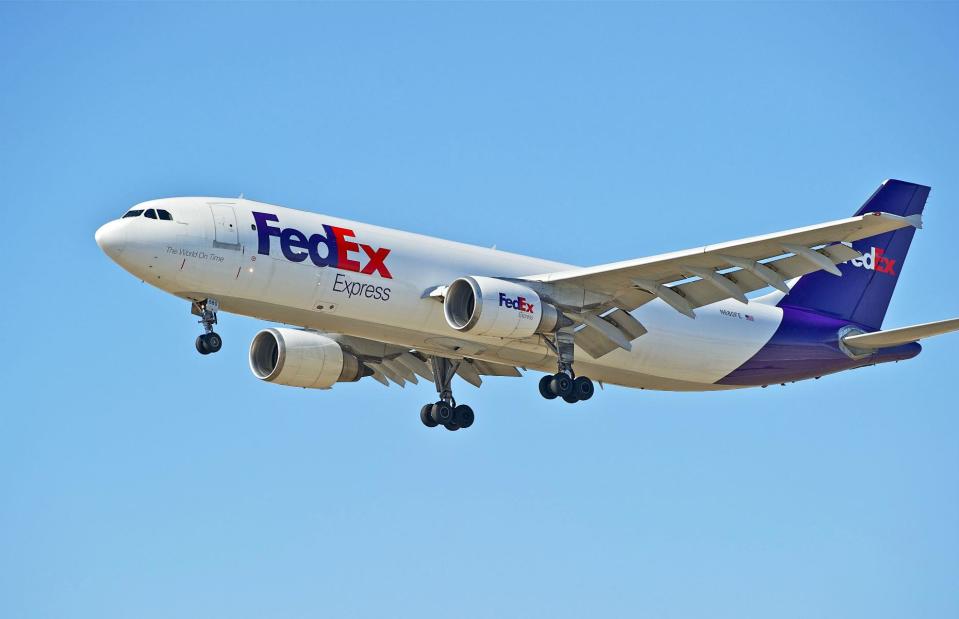
Philip Pilosian/Shutterstock
Federal Express, launched by Yale Graduate Fred Smith in 1965, was designed to do exactly what it still does: deliver urgent, time-sensitive shipments across the world.
In 1994 the company officially adopted FedEx as its new brand name, with the aim of being recognised as the worldwide standard for a fast delivery service.
MasterCard, formerly Master Charge
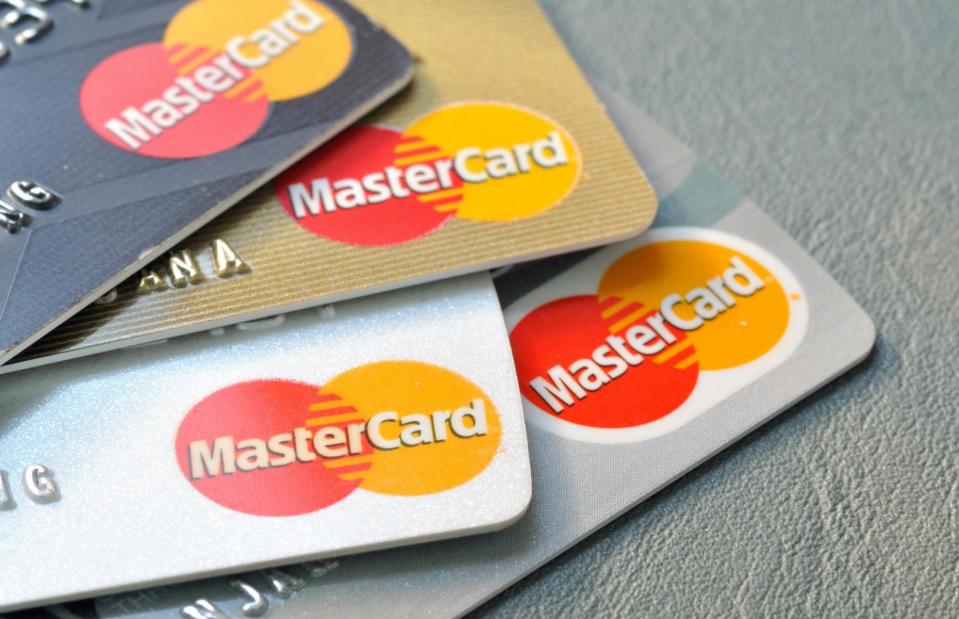
varandah/Shutterstock
When MasterCard was first launched in 1966, it was originally known as Master Charge: The Interbank Card and was created by a group of Californian banks to compete with the Bank Americard, issued by Bank of America.
But by 1979, the group decided to rename the card "MasterCard" in order to give it a shorter, simpler title.
Apple Inc, formerly Apple Computers
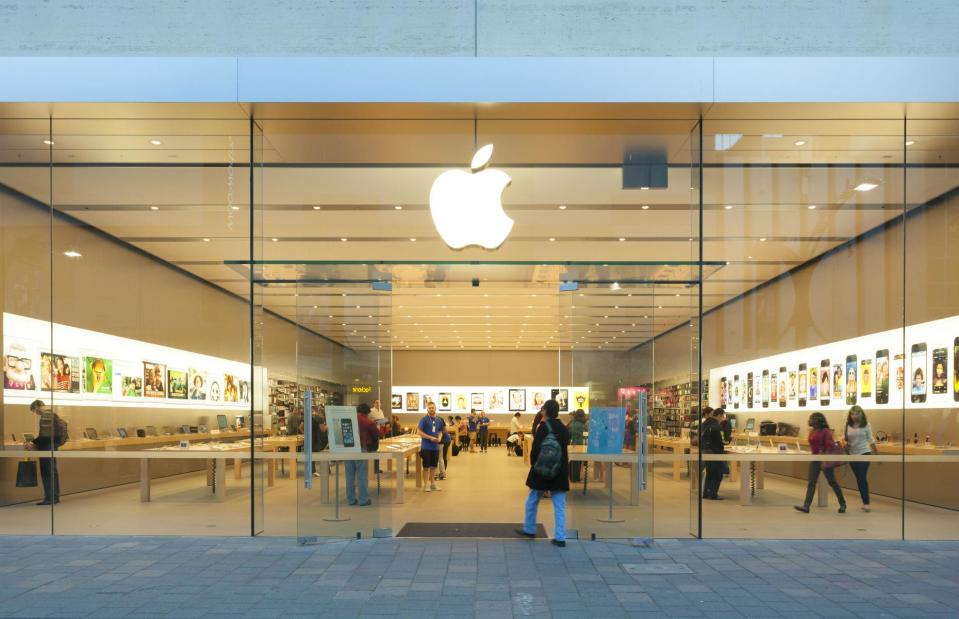
ymgerman/Shutterstock
Steve Jobs’ tech sensation was originally called Apple Computers when founded in 1976, but after years of success, the entrepreneur announced he would drop "Computer" from the name to signal a wider product range, such as the iPod, Apple TV, and iPhone.
WW, formerly WeightWatchers
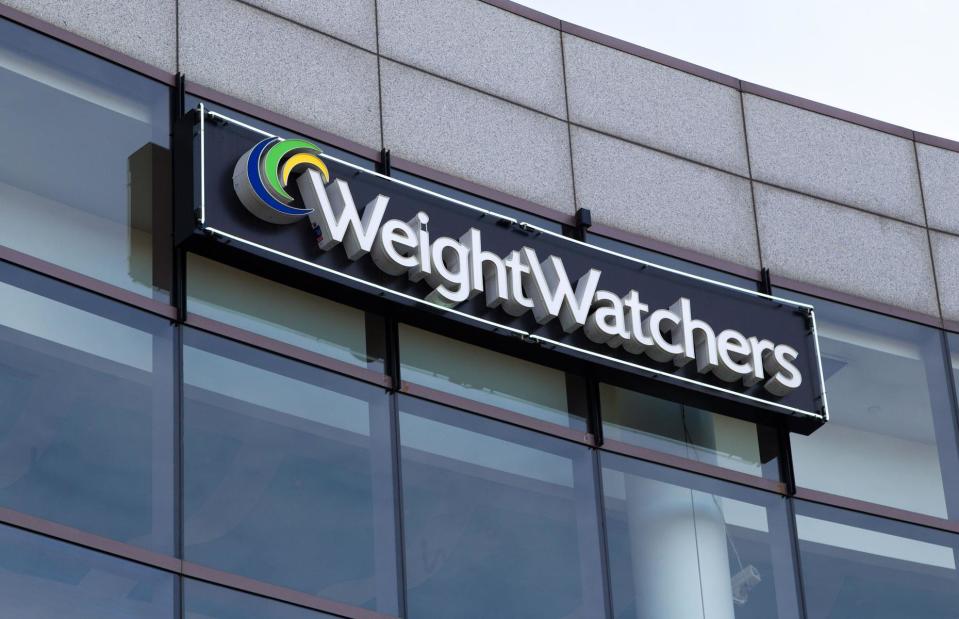
Ken Wolter/Shutterstock
Weight Watchers has supposedly changed its focus to wellness rather than just slimming down, and as part of this repositioning the brand chose a new name in 2018: WW.
“This has been part of an evolution of a journey to go from being an undisputed leader in healthy eating for weight loss to much broader than that,” CEO Mindy Grossman told CNBC.
Now discover the world's most valuable brands in 2024 and what they're really worth

 Yahoo Finance
Yahoo Finance 